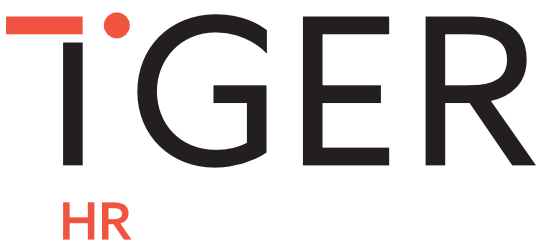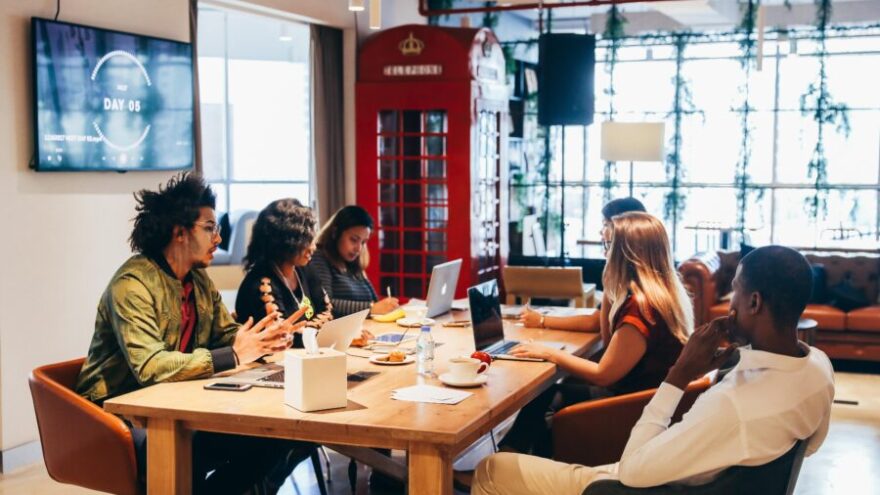Never has there been a time when employee mental health has held such weight in workplace conversation. And with good reason – such is the extent of worker burnout, depression, and disengagement that, according to the World Health Organisation, 12 billion working days are lost globally each year due to mental health-related sick leave.
However, while the COVID-19 pandemic is the main cause of this crisis and subsequent widespread mental health concerns, it also brought the topic of mental health to the fore.
The post-pandemic landscape
While it was very welcome, the shift in focus to employee mental wellbeing during the pandemic was in many ways out of necessity. Now, three years on, priorities are inevitably shifting once again, sometimes with mental health slipping off the agenda.
Health coach Michelle Flynn of Michelle Flynn Coaching has seen this first-hand. She explains that some companies have taken the view that, “we’re just back to normal so we can stop worrying about supporting people’s mental health”. Sadly, however, this means cuts in resources for mental health initiatives: “Due to world economics some companies have had to make to decision to reallocate budgets to other things.”
Ruth Cooper-Dickson of Champs Consulting has also seen companies scale back their mental health focus: “There are organisations that have the attitude of ‘we did wellbeing and mental health in 2020, 2021 and 2022…’”, believing that the necessary work has been done. This is despite the fact that “we’re starting to see the real ripple effect of the pandemic now”, with recent studies from Asana showing that 70% of workers have experienced burnout.
It’s not all negative though – at the other extreme, some companies are doubling down on employee mental health services. These businesses have seen the benefits that initiatives brought during lockdown and, as Michelle explains, have realised that they “need to continue to support people in the long term, because happy people make businesses more money.” In fact, studies have shown that investment in employee wellbeing raises productivity by up to 5%.
Clearly, we’re still living in the long shadow of COVID, and one of the most noticeable holdovers is hybrid working.
The pros and cons of hybrid working
One of the biggest complicating factors of the post-pandemic working world is the divisive nature of hybrid and remote working arrangements. For some, the enforced remote working during lockdown sparked severe work-related stress; Ruth explains how “people were working from their bedrooms; not everyone has the luxury of an office space at home”. Michelle adds that the isolation was also a factor: “Loneliness is one of the biggest causes of depression and is one of the reasons why people’s mental health was a challenge during lockdown”.
On the other hand, working from home was a revelation for some, particularly those who relished the autonomy and found a new level of efficiency, alongside a better work/life balance. Michelle points to “the convenience of it, the saving of money, being able to be around your children. Lots of people have seen their kids take their first steps when they never would have had that opportunity before.” For her, “the hybrid model is a really great sweet spot”.
However, not all employers agree that hybrid working works; the challenge is finding a balance that keeps productivity high, while offering employees an arrangement that works for their mental health.
Encouragingly, many innovative businesses are doing their part to develop new ways of remotely managing employees and their wellbeing.
Adapting for the future
As employees’ work arrangements become more individualised, full teams may only be in the office together once a week, or not at all. This has given rise to managers scheduling regular team meetings via video calls – an effective alternative for the team’s work management, but less so for their personal wellbeing. As Michelle observes, “When you’re on the phone or when you’re on video, you don’t necessarily spot the warning signs”.
So, how can managers keep on top of the team’s wellbeing remotely? For Ruth, general wellbeing catch-up calls with remote workers are a must, but it’s also about effective time management and avoiding “back-to-back Zoom meetings” that disrupt workflow and pile on stress. For hybrid workers, it’s important to ensure that they don’t bring the isolated mindset to their in-office days: “Are they actually doing that connecting work rather than just sitting at a desk and working in silos?”
It can be hard for us to leave our working-from-home habits at the door when we enter the office; both Michelle and Ruth advise employers to encourage a collaborative atmosphere on days when teams are in the office. They note several proactive companies that are continuing the positive mental health spirit of the pandemic with initiatives such as wellbeing talks, breathwork events, and yoga sessions. These function as enticements to return to the office, opportunities for staff to socialise and, of course, offer beneficial mental health workouts.
Finding the balance
The need for a better work/life balance had topped the mental health agenda for many years pre-pandemic, but 2020 brought its importance into stark relief. As we all became more reliant on technology, so we became used to being able to reach each other at any time, from anywhere. This blurring of personal and work time is an ongoing issue, as Ruth has found: “Those boundaries aren’t necessarily respected around evening work, evening emails, weekends, holidays, or vacation time. People stay online because it’s easier than having to come back to an inbox full of emails”.
Michelle agrees: “I talked to some people in customer service who are working from their kitchen and dealing with difficult customer services calls and have no separation between their kitchen and what’s happening at work.” For some, it’s bleak: “Now, it’s not working from home; we are living at work”.
While such a lifestyle is certainly not sustainable, thankfully it hasn’t gone unnoticed by attentive employers. Ruth works with companies who are taking steps to firm up those boundaries: “I’ve seen some organisations that have quite clear strategies and policies for managers to consider when they’re contacting their teams”. Michelle relates: There are “companies who are putting in times in the day that you cannot book any meetings”, and who are training managers to use email scheduling to send emails within work hours, rather than out-of-hours when the thought occurs. Another of her clients has implemented a rule that, “every Friday morning everyone starts work an hour later and you’re meant to use that hour to go for a walk”.
The financial benefits of change
The silver lining of the COVID cloud reveals an increased willingness by employers to listen to employee concerns. Many more business leaders are realising that employee mental health must be prioritised: It doesn’t come at the expense of profits and productivity because the long-term benefits far outweigh the short-term costs.
This is exemplified by staff retention. In fact, employees struggling with work-related mental health issues are nearly twice as likely to change jobs compared to those whose wellbeing is prioritised.
Employer brand also sees a boost when wellbeing initiatives are front and centre. Ruth can attest to this: “Gallup have proven that the number one requirement for millennials and Gen Z is wellbeing”.
The financial benefits of investing in employee wellbeing are clear: businesses stand to lose up to $340 per day from mental health-related sick leave. Weighed against the cost of initiatives like hybrid working, flexible hours and management training, the decision to set aside time and resources for a healthy team is an easy one.
Growing pains are inevitable when making changes from within, but you need only look at the increasing millennial and Gen Z demographic in the workforce to see where the future lies. These younger employees, as Ruth observes, are “able to talk about feelings to be able to be open about how they feel”, and – in the process – are de-stigmatising the topic of mental health. As their voices inevitably become louder, the best businesses will strive to get ahead of the curve, creating a more adaptable working life that empowers and invigorates employees, to everyone’s benefit.




